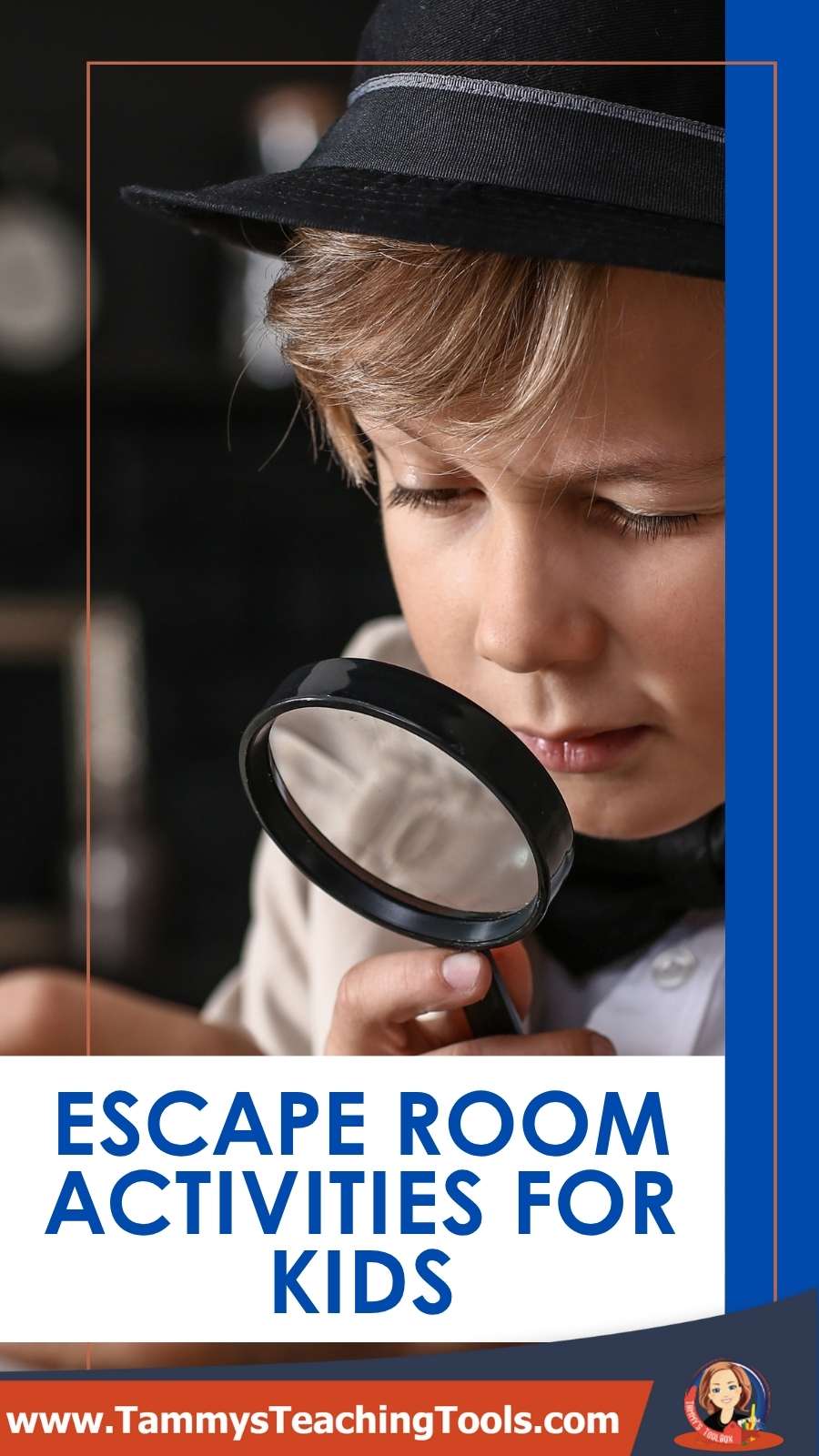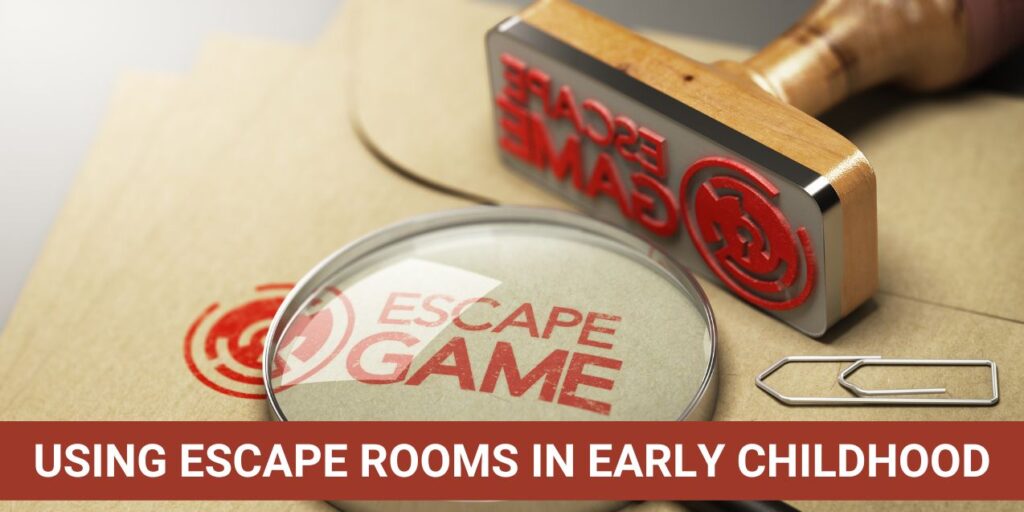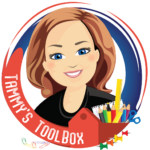Unlocking Learning: Escape Room Activities for Early Childhood Classrooms
Imagine the excitement in your classroom as your students work together, solve puzzles, and cheer with delight when they “unlock” their final clue. Escape room activities for kindergarten and early childhood classrooms aren’t just a trend—they’re a hands-on, interactive way to boost learning, problem-solving, and teamwork while making lessons unforgettable.

What Are Classroom Escape Room Activities?
Classroom escape rooms are interactive, game-like challenges where students work together to solve puzzles, decode clues, and complete tasks to “escape” or reach a final goal. Unlike commercial escape rooms, these activities are designed to be age-appropriate and educational for young learners, using pictures, letters, numbers, and simple visual clues instead of complex riddles.
Escape room activities can be done in small groups, as a whole class challenge, or even digitally. Teachers can set up a storyline—like “Lost Treasure,” “Escape the Library,” or “The Great Candy Caper”—and build puzzles that support skills such as letter recognition, counting, early literacy, and teamwork.
Why Use Escape Rooms in Early Childhood Education?
Adding escape room activities to your classroom routine offers multiple benefits:
- Active Engagement: Young children learn best through play. Hands-on learning games for early childhood education keep students moving, touching, and interacting with materials, holding their attention longer than traditional worksheets.
- Collaboration and Communication: Teamwork and problem-solving activities for young learners encourage turn-taking, listening, and sharing ideas. Escape rooms help build social-emotional skills naturally during play.
- Critical Thinking: Even preschool and kindergarten students can use reasoning skills to match pictures, sequence events, or solve simple puzzles. These interactive escape room ideas for kindergarten students give them a safe space to practice problem-solving.
- Confidence Building: Solving puzzles successfully builds a sense of accomplishment. Students learn that persistence pays off, boosting motivation for future challenges.
- Flexibility Across Subjects: Escape room activities work for literacy, math, STEM, or social-emotional learning. You can create early literacy escape room activities for kids, focus on counting, or design STEM escape room puzzles for early learners to match your lesson goals.
Tips for Creating Escape Room Activities in Early Childhood Classrooms
You don’t need a big budget or fancy locks to create an escape room experience. Try these tips for success:
- Keep it Simple: Use picture clues, matching cards, or puzzles that are just challenging enough to make students think without causing frustration.
- Add a Storyline: A fun theme builds excitement. For example, “Help the puppy find his lost bones by solving puzzles!”
- Make It Hands-On: Use envelopes, baskets, or boxes with hidden clues. These low-prep escape room classroom activities make learning more engaging.
- Use Small Groups: Teams of 2–4 ensure everyone participates and helps build cooperation skills.
- Plan for Movement: Hide clues around the room or have students rotate between stations to keep the activity active and fun.
- Adapted to Skill Levels: Use simpler puzzles for pre‑K or kindergarten, and include more decoding practice for grades 1–3.
- Mix Digital & Print Versions: Use Boom Cards for individual practice or printable versions during teacher-led stations.
→ Click here to play a Boom Card Escape Room Preview
Escape rooms transform lessons into an adventure where students are excited to learn. Whether you’re reviewing letter sounds, practicing counting, or teaching teamwork skills, these games make academic skills interactive and memorable.
With a bit of creativity, you can design your own puzzles or use ready-made kits that offer DIY escape room challenges for elementary teachers. Either way, you’ll see big smiles, strong collaboration, and engaged learners ready to unlock their next challenge!
♥ Ready-to-use Printable and Digital Escape Rooms
- Escape the Bus Back to School Escape Room Getting to Know You Icebreaker
- Library Themed Phonics Review Escape Room – The Case of the Mixed-Up Letters
- Digital Great Pumpkin Patch Escape – CVC Short Vowels Review
- The Great Halloween Candy Heist Escape Room
- Magic E Phonics Escape Room Game | Printable Silent e Long Vowel CVCe Review
Why These Are Great for Your Classroom
- Literacy-focused themes: Phonics, decoding, and spelling practice aligned with the science of reading
- Seasonal and thematic variety: From tropical islands and sharks to fall pumpkin patches and libraries
- Multi-format options: Printable and digital versions (including Boom Cards) to fit classroom needs
- Small-group and center-friendly: Perfect for collaborative or independent stations
- Low-prep and engaging: You will love how simple these are to implement while keeping students motivated
See more escape rooms at Tammy’s Toolbox.
Happy Teaching,

Before you leave, here are some great posts to check out!
Level Up Your Reading Instruction Through the Power of Games!


